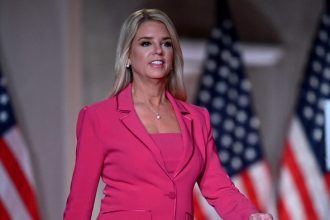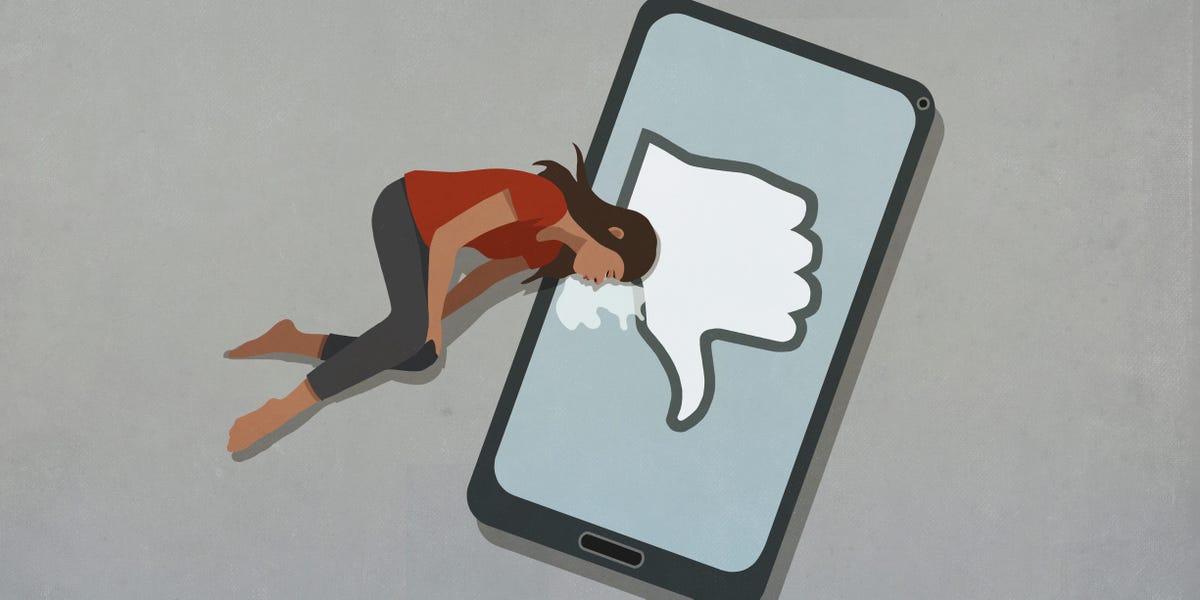The creator economy has lost its focus.
Startups once leaned heavily into the concept as they fundraised on the premise that offering services for TikTok, YouTube, and Substack creators could create billion-dollar businesses. In most cases, that hasn’t proven out.
Some creator companies have flubbed their stock market debuts, resorted to layoffs, or closed up shop altogether as fundraising in the category dropped significantly between 2022 and 2023. For instance, Peeq, a service for creators to chat with fans, shut down in mid-2022, The Information reported.
Along the way, the term “creator” has been spread too far. Some VC firms and analysts have tallied anywhere from 50 million to over 300 million creators globally, a customer set that includes bloggers, YouTubers, traditional media players like videographers, and more opaque actors like “community builders.”
“It’s this catch-all term that is used very broadly, but there’s a lot of different flavors of creators,” Grant Long, a startup founder who previously served as head of growth at the creator upstart Koji, told Business Insider. “If you go after creators as some generic segment of decision makers, then you’re going to be frustrated.”
BI spoke with nine industry experts, many of whom said the phrase “creator economy,” which was widely adopted in 2020 to describe the booming social-media marketing and content-creation space, has become a vague catch-all title. They variously described it as “stale,” “too narrow,” or simply not meaningful as a descriptor.
As 2024 kicks off, the creator economy is having an identity crisis. Link-in-bio startups, influencer merchandise companies, and other creator-as-customer businesses are not becoming big money-makers, even as TikTok and influencer marketing continue to grow.
And yet, there remains optimism among some founders, employees, and investors who acknowledge that while the creator economy hasn’t been a runaway business on its own, the idea of using creators as a tool or feature to build businesses in other, more mature, categories like e-commerce or consumer products shows promise.
“I think of the creator phenomenon as a very kind of broad through line across a lot of different verticals and sectors,” Rex Woodbury, founder and managing partner at the VC firm Daybreak, told BI. “The venture-scale generational companies are, yes, creator companies, but they’re also typically fitting into another bucket.”
Roblox is a creator company, but it’s also a gaming company, Woodbury said. Figma and Canva are both creator companies, but they’re also creative software for freelancers.
Social platforms like TikTok are making similar bets on creators as a tool rather than a product. The company is leaning heavily into e-commerce, offering an affiliate program for creators to help drive sales as it looks to diversify its business.
Why the creator economy has been ‘disappointing’
Once pitched as a rocket-ship opportunity, service companies in the creator economy that focus on products for influencers haven’t delivered, investors and industry professionals told BI.
“From my point of view, it’s been pretty disappointing,” said Ollie Forsyth, a senior manager at the investment firm Antler. “You’ve seen these really interesting creator-economy companies. They’ve raised a bunch of cash, then they lay off 30% to 40% of their team.”
In some instances, creator-upstart founders have actually returned funds back to investors after realizing the businesses they pitched were not on track for growth, Benjamin Grubbs, an investor and former YouTube director, told BI.
“There were some cases last year where founders basically said, ‘Hey, I got cash on hand, and I could just keep going at this another year and kind of delude myself that there is a market when I actually know hand-over-heart, there isn’t, at that scale of that expectation. So you know what, I’m just going to stop, and I’m going to return cash and call it a day,'” he said.
For creator startups looking to appease investors, part of the challenge may be unrealistic expectations.
Interest in social media spiked in 2020 and 2021 when much of the world was stuck at home during a pandemic, left with only their smartphones and a craving for personal connection and distraction.
That societal change led to a social-media boom, with more eyeballs watching content and an influx of people posting for the first time. Although the phrase already existed, the world needed a new way to describe this prospering industry, and thus, the term “creator economy” entered the mainstream. That level of engagement with social media has since tapered off.
As it became an investment thesis, the creator economy was used to describe anything and everything related to the business of social media and influencer marketing. The term was stripped of much of its meaning by encompassing so many categories.
When Goldman Sachs analysts estimated in April a $250 billion creator industry, for example, they were sizing up a category where growth leaned heavily on influencer marketing.
“The analysts expect spending on influencer marketing and platform payouts fueled by the monetization of short-form video platforms via advertising to be the primary growth drivers of the creator economy,” the company wrote in its report summary.
Lia Haberman, an influencer marketing expert and instructor at UCLA Extension, described influencer marketing as separate from the services arm of the creator industry that has faltered.
“Influencers and creators are two separate things,” Haberman said. “We’re starting to see everything kind of solidify and diverge into lanes.”
In the VC world, the creator-economy hype cycle has cooled off in the past couple of years, replaced by other buzzy concepts like the metaverse, Web3, and, more recently, AI.
The number of funding deals among North American creator upstarts dropped 48% in the first three quarters of 2023 compared to the same period in 2022, per data compiled by PitchBook.
Where the creator economy is heading
“Creator economy” as a stand-alone term may have lost its meaning, but deploying influencers as a tool to launch other businesses remains of great interest to investors and upstart founders.
“When the media typically covers the creator space, it’s covering some very niche, more feature-like products that aren’t venture scale and kind of overlooking some of the businesses that build on the creator phenomenon but would fit into other buckets like gaming or social or ‘prosumer’ software,” said Woodbury at Daybreak, referring to software that is used by professionals and consumers.
Similar to how artificial intelligence should be thought of as a feature to build a business and not the business proposition itself, creators should be considered a tool, he added.
While creators like Logan Paul and KSI won’t build a billion-dollar business simply by collecting ad revenue on YouTube, they can launch a market-disrupting energy drink that crosses $1 billion in sales like they did with their Prime brand.
“If you actually go through our portfolio, even the stuff that we’ve done that touches creator economy is really based in another business,” said Marshall Sandman, a managing partner at the Gen-Z-focused firm Animal Capital. “The creator space is going to continue to grow. I think that it’s going to keep growing in non-traditional ways.”
Read the full article here





